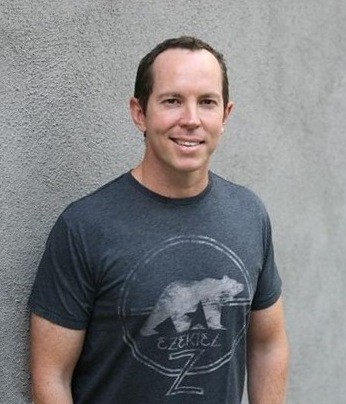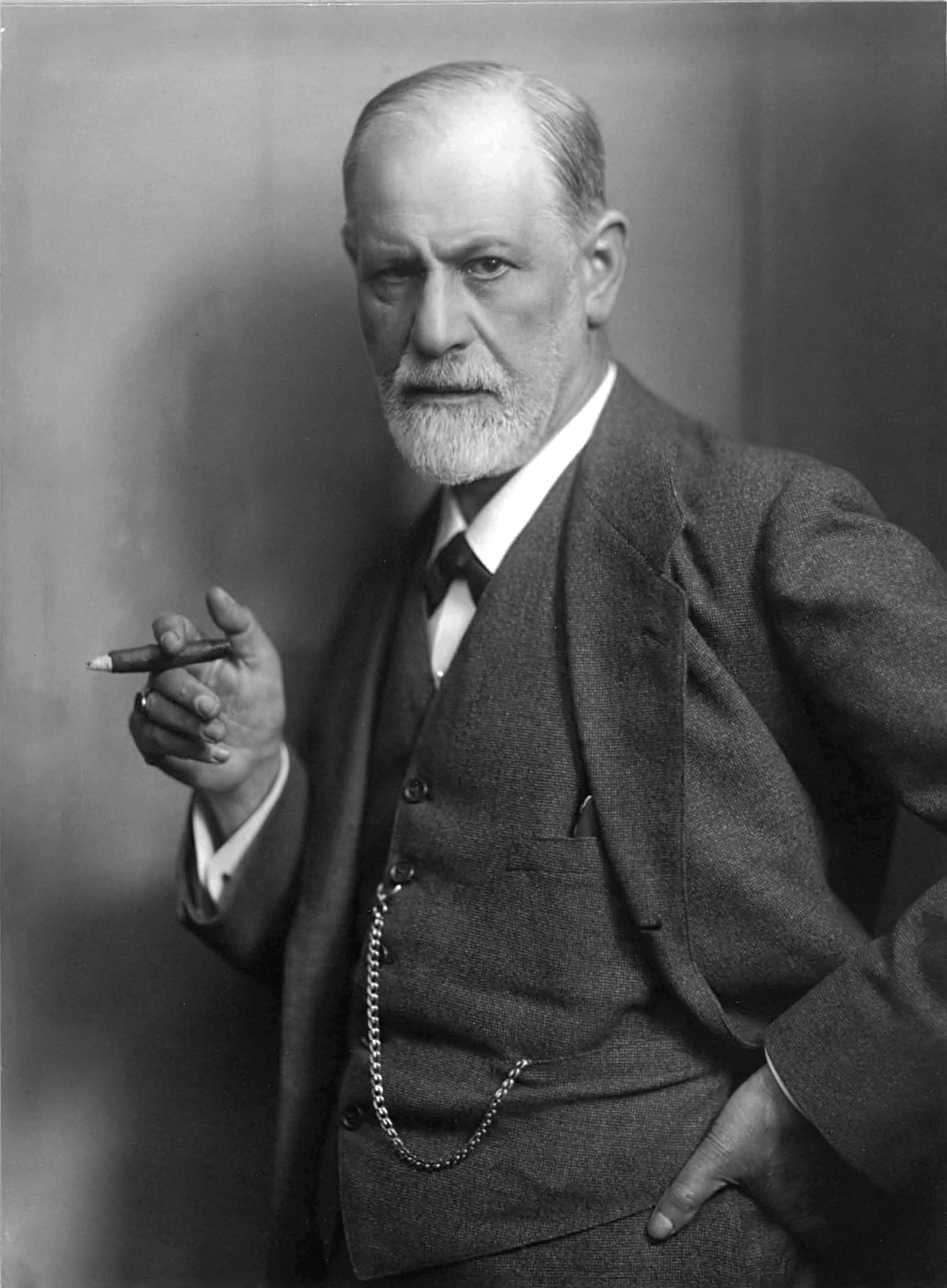Evil Story Time Part 3
A Creative Essay on Psycho Killers in Pop Culture Media
research writing | creative writing | writing | essay | writer | psychopath | serial killers | psycho killers | organized crime | tropes | narratives | pop-culture study | pop-culture | research paper | creative essay
Quick Links
research writing | creative writing | writing | essay | writer | psychopath | serial killers | psycho killers | organized crime | tropes | narratives | pop-culture study | pop-culture | research paper | creative essay
Qu'est-ce que c'est (What is it?)
1697
Serial killers and psychopaths are nothing new in our storytelling, having theoretically started in fairytales such as “Blue Beard” (but more on that later!)
1800
Before the 1900’s Jack the Ripper engrossed England’s newspapers. This story is very mysterious and no one is sure what is true or false about it.
1961
The psycho-killer villain particularly took off with the iconic film “Psycho”, which won the Golden Globe in 1961.
1970-2010
Other important examples to note are “Dexter”, “American Psycho”, “A Clockwork Orange”, and video-games “L.A. Noir”, “Life is Strange” and “Heavy Rain”.
Before we continue, we must define psycho-killer first. The term is two words that can be broken down to psychopath and serial killer. The word’s definitions in pop culture are not applicable to real-life cases (this will be explored further later).
In media, psychopaths… “are typically depicted as charming, intriguing, dishonest, guiltless, and in some cases, downright terrifying…Psychopathy tends to be used as a label for people we do not like, cannot understand, or construe evil’… psychopaths are born, not made…”
Serial killers, according to popular media is… “someone who commits multiple murders, out of some kind of mental or sexual compulsion, in separate incidents with at least a few days in between killings”.
Together we have one of the audience’s favorite monsters – charming and typically male characters who murder without remorse.
Hello Darkness Our Old Friend


Much like the gangster, the psycho-killer has the fantasy and taboo element that make them appealing to read about or watch. The fantasy and taboo in play are not the same though. Psycho-killers embody the fantasy of complete animal-like freedom from all moral and social restraints. Being untethered from these restrictions leads them to commit taboo actions that we as moral citizens would never dare do. To explore this further the Superego and Id should be explained.
Creator/Producer of “Weird Loners” & “The King of Queens”
“On some unconscious level we fantasize about being freed from the shackles of our superegos and going full-on id. When we see someone act in their own interest to an extreme degree, unconcerned about laws, rules and social mores, deep down we wish we could do that too”
LA Times Blogger
“What makes a psycho-killer different is that they don’t have the same restraints as the rest of society and it is fascinating to those who have said restraints.”
Creator/Producer of “Burn Notice” & “Complications”
“we all have a sense for what would be possible if we were freed from the constraints of guilt, fear and shame”
Psychologist, “An Outline of Psycho-Analysis”
“The power of the id expresses the true purpose of the individual organism’s life. This consists in the satisfaction of its innate needs, no such purpose as that of keeping itself alive or of protecting itself from dangers…can be attributed to the id…the needs of the id are called instincts…influence of heredity”


In simpler terms, the Id is the animal-like, raw desires that all humans have. This is the part of our psychology, according to Freud, that if left out of control leads to things such as rape, murders, and so on.
The Superego on the other hand is: “the influence…of what is taken over from other people” according to the Father of Psychoanalysis. In layman’s words, the Superego is the societal-based morals our psychology restricts ourselves with.
The Ego is the middleman trying to satisfy the Id without compromising the Superego’s social morals.
According to Freud’s theory, psycho-killers don’t have the Superego to restrain their Id’s desires. As disturbing as their actions are, there is something almost… liberating… about their alternative psychology. They don’t feel the same pressures to have self-control or be politically correct. This is something that audiences can relate to because they want it for themselves.
While it is important that these restraints are in place; it is also normal to find society to be overly controlling and to want to feel free from it. The psycho-killer embodies this want in all of us and pushes it to its darkest consequences.
An example, let’s look at Sweeny Todd and specifically the song “Epiphany“. The narrative centers on Sweeny Todd, formally known a Benjamin Barker, who was banished by a judge in 1800’s London. When he returns he finds that his entire life is gone, and he is unable to enact his revenge on the judge. That is when he fully rejects all control society has over him. This song is his full acceptance of the psycho-killer within!
“and my Lucy lies in ashes! And I’ll never see my girl again! But the work waits! I’m alive at last! And I’m full of joy!”
While the audience would never go on a killing spree in the face of liberation, the fantasy of having no reservations and having no guilt is immensely relatable. For example, someone who works in retail can relate to wanting to stand up to a rude customer or unfair management – to forget the superego and just let their real emotions out.
You’re Killing Us
Psycho-killers are often featured in scary stories around the campfire, urban legends (or the internet equivalent, Creepy-Pastas), and horror films. These stories reinforce the idea to lock your homes at night or be wary of strangers. Cautionary tales are perhaps the most valuable use of the trope because in reality… the world is a dangerous place.
Storytellers have been teaching these lessons since the original fables, which are “a short story to teach a moral lesson”.
“Blue Beard” is a fable that has been around since before the 1600s. In summary, this is a tale of a rich man with a blue beard who seeks a wife. He finally finds one and uses his charm and riches to secure their nuptials. His bride ends up going to a part of his house, which he warned her not to go to, where she finds a room full of his slaughtered ex-wives! She finds a way to kill (in apparent self-defense) her serial killer husband and lived happily ever after. Blue Beard is a scary psychopath and is scary in order to teach a lesson. Its lesson holds true for even modern women.

Often, our cautionary tales come from real events and the origins of some of society’s behaviors can be explained through them.
From 1962-1964 The Boston Strangler terrorized the public. He was “a smooth-talking man, in his late twenties, who went door-to-door looking for young women. If a young woman answered the door, he would introduce himself as a talent scout from a modeling agency looking for new models”. It is because of this case that in modern times the general public knows to be wary of modeling offers.
In 1984 Ronald O’Bryan poisoned Halloween candy, which was given to his own children and four other local kids and is why it’s a custom to check all Halloween candy for tampering before enjoying the sweet treats. These real accounts spur urban legends that keep the cautionary lesson alive in a society – keeping important safe practices active.
Not All Psychopaths Are Serial Killers
The problem with glamorizing psycho-killers in the media is that they may inspire copycats as well as leave the wrong impression about real psychology.
It’s greatly debated whether or not violent media actually inspires more violence – according to Debate.org 42% of people asked if violent movies influence real-life voted yes, while 58% voted no.
There are always two sides to every debate, this one included.
Side A) Violent people are violent from the start. They would have committed violent crimes with or without the inspiration.
Side B) Media inspires violence in people who are already troubled. Without the inspiration, they may not have enacted the violent event.
There are several supposed cases of people confessing that their crimes are inspired by movies or video games, but there is no way to prove these claims.
Pop-psychology has too many people believing that psychopathy is a common and easily diagnosable personality disorder. Psychopathy is not synonymous with being a super-intelligent killer. Thus, since being that psychopathy is probably the most important trait of our beloved psycho-killers, let us look at the real facts.
Any personality disorder is rare. The closest diagnosis for psychopathy is referred to as Anti-Social Personality Disorder. An estimated 0.6% to 1% of the population has an anti-social personality disorder. Consider, by comparison, that 6.7% of the population has Major Depressive Disorder, and 3.1% having Generalized Anxiety Disorder (resource link).
As for intelligence…

Regardless, the media loves to make it seem like psychopaths are geniuses. Then there is the misconception that they are all violent criminals or enthusiastic killers…

So, what are the traits of a real psychopath? To answer that we need to look at what it means to have Anti-Social Personality Disorder.
According to the Diagnostic and Statistical Manual of Mental Disorders, Fifth Edition the criteria are…
- Being egocentric or having goals based on personal gratification
- Being non-compliant to lawful/culturally normative ethical behaviors
- Lacking empathy or being incapable of intimacy
- Being manipulative, deceitful, callous, and hostile towards others
- Irresponsible, impulsive, and risk-taking behaviors
These traits have to be consistent over a long period of time and through various situations. Also, these traits are not explained by upbringing or drug abuse. If the person in question is under 18 they cannot be diagnosed with this personality disorder, rather they are considered for Conduct Disorder.
So, out of all the infamous pop culture psycho-killers who can actually fit the real-world criteria?
I am going to agree with Erika Engelhaupt in her article “The Most (and Least) Realistic Movie Psychopaths Ever” and say Anton Chigurh from the novel and movie “No Country for Old Men“. Throughout the story, he goes by his own rules in complete disregard of the society he is in. His lack of emotions and his lack of human connection means he is the perfect hitman for the drug cartel in the story.
As for someone who doesn’t fit the criteria, yet still is given the psycho-killer title, is the king of psychos himself, Norman Bates! From the classic film “Psycho“, Bates is an iconic character. Due to being delusional and having hallucinations, he is more of a candidate for a schizophrenic disorder than psychopathy.
Herein lies the danger. The misrepresentation of mental illness has become a serious problem in modern society. Popular media can be highly damaging to the audience’s understanding of the mentally ill in the real world. This misrepresentation occurs with many mental disorders and negatively affects efforts in improving mental health care as well as its awareness.
“The worst stereotypes come out in such depictions: mentally ill individuals as incompetent, dangerous, slovenly, undeserving,” says Stephen Hinshaw, a professor of psychology at the University of California–Berkeley. “The portrayals serve to distance ‘them’ from the rest of ‘us’” . The portrayals seen in popular TV, cinema or literature make sufferers of disorders seem like their almost non-human.

Conclusion
Being non-human is the central theme of our three narrative evils. In other words, it’s humans like you and me that are capable of being monstrous.
Zombies, criminals, and psychopaths… they all appear to be human, yet they aren’t humane.

So, why are our best villain tropes our own kind?

The idea that our fears can be anywhere is terrifying. It also makes for a fantastic story to tell! Storytellers are bound to use these narratives (and their hidden lessons) for generations to come.
